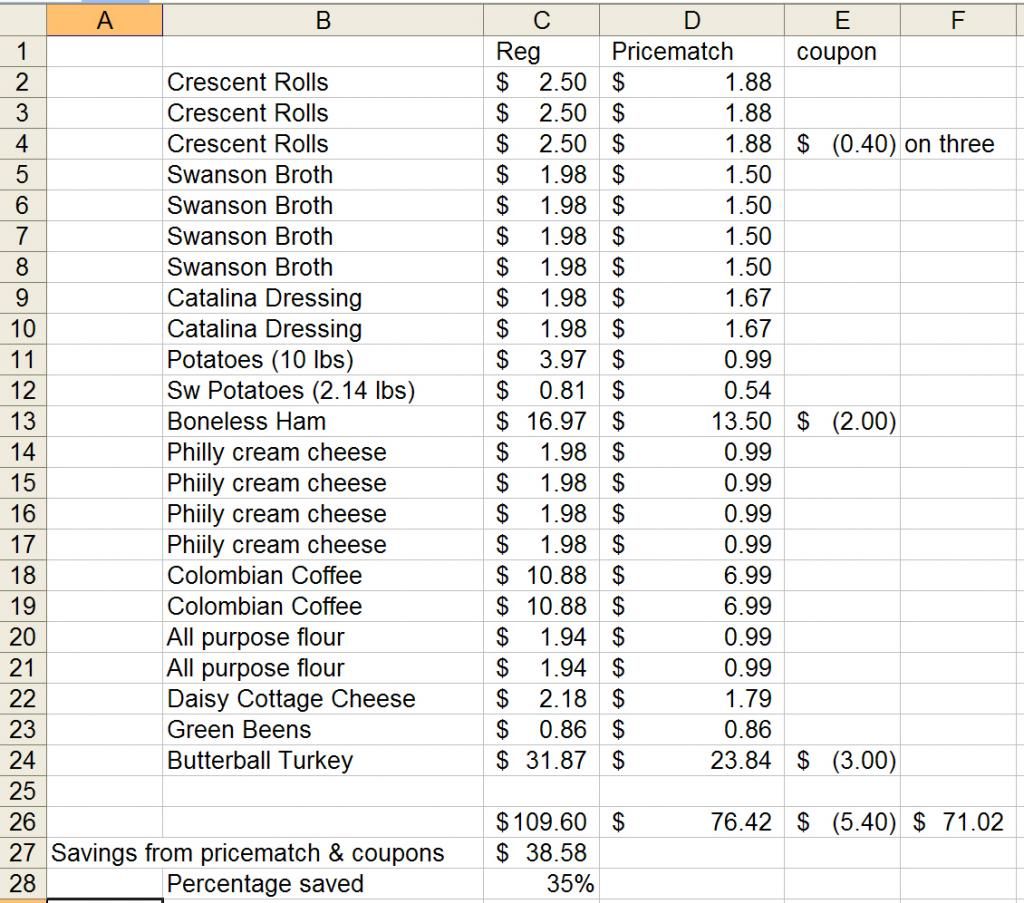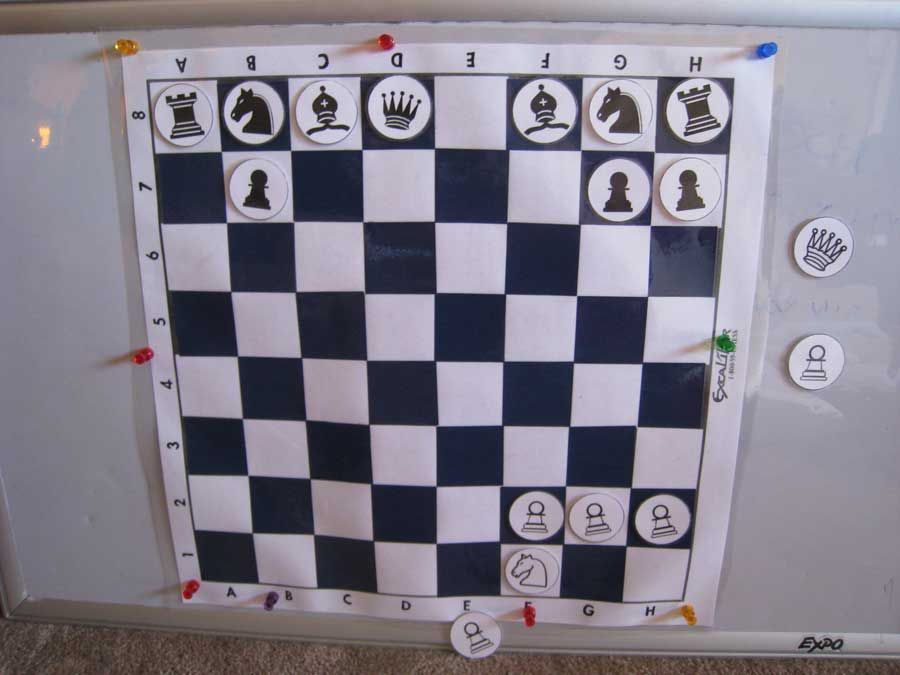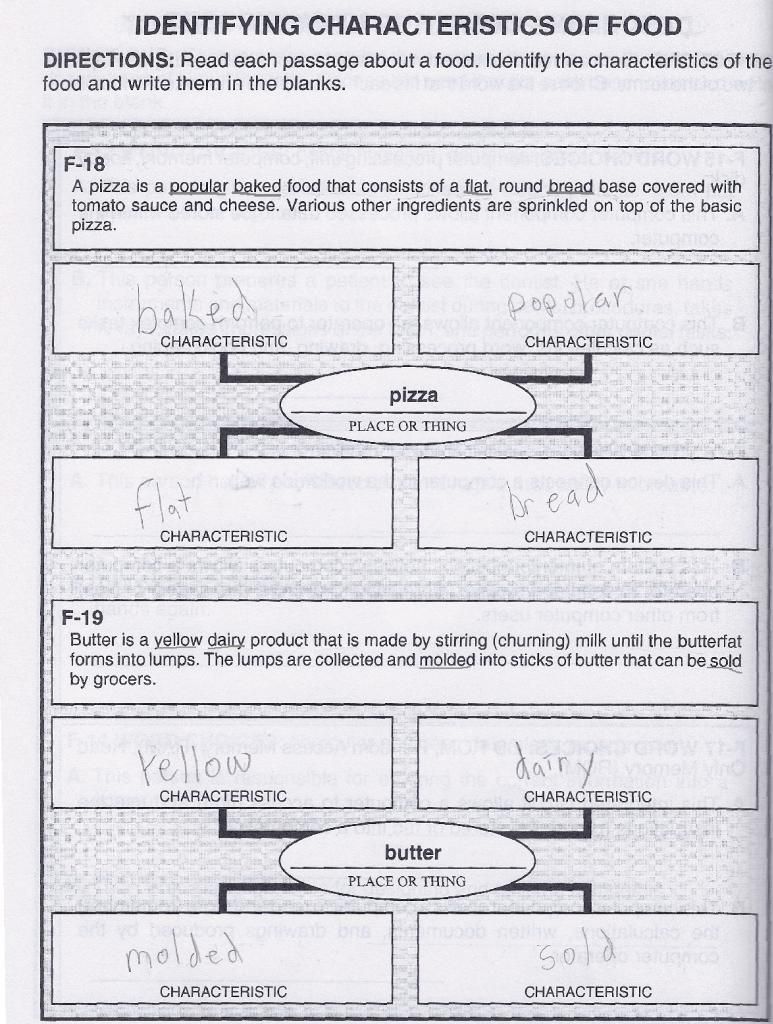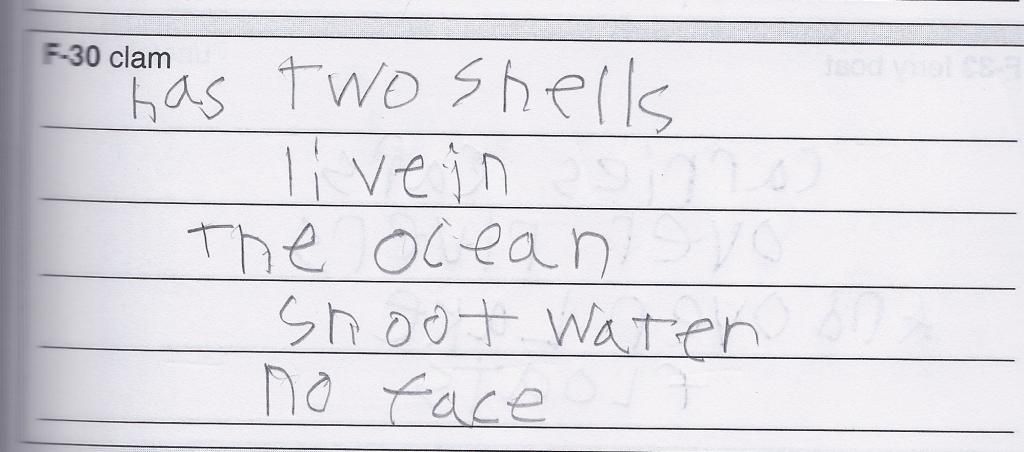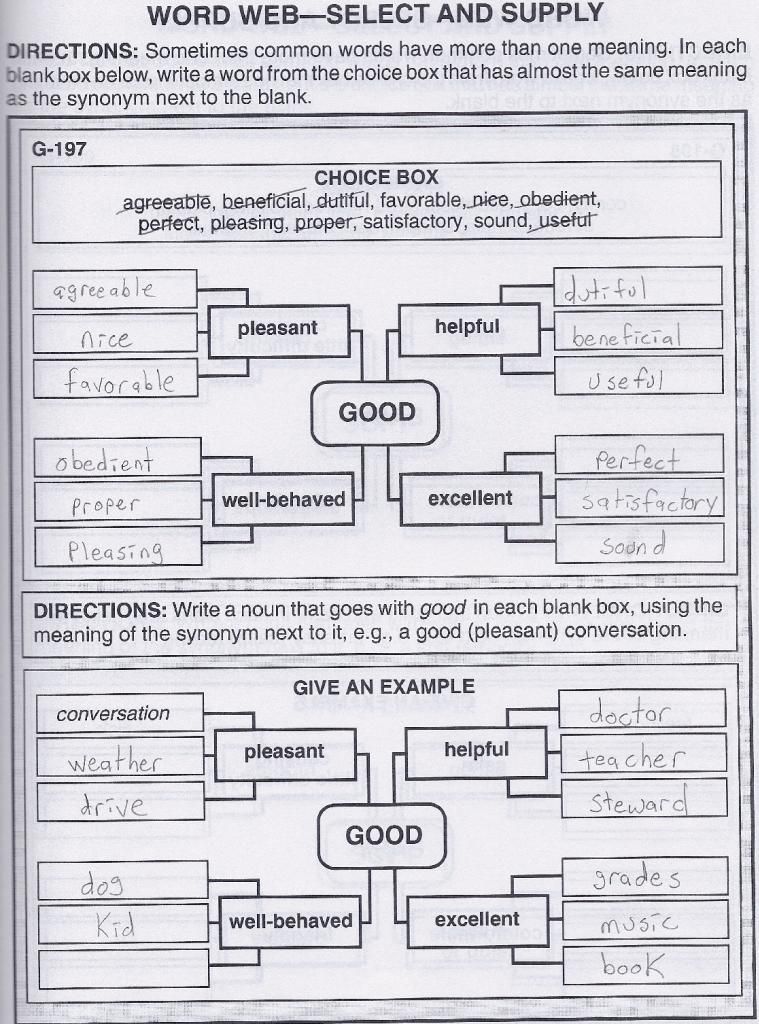Welcome to Week 2 of the Virtual Curriculum Fair
Discovering Patterns: Mathematics, Logic, and Science. Last year I shared some of our favorite math games and if you've never heard of the company, you should really read about
Muggins Math. (That's Muggins, not muggles--this has nothing to do with Harry Potter). The point of the the games is to help kids have fun while drilling math facts--it is one of those core subjects that we can't avoid. Is there a way though, to help kids develop a desire to learn math or practice math in the first place? After all no kids is going to buy the argument that someday you may be working in a store and the computers go down and you have to count change on your own (this did happen to me once as the purchaser, I had to show the cashier how to add up from the sales total to the $20 I'd given her). So how's this for a carrot to dangle in front of their little noses: you can use math to amaze and delight friends and family?
What kids aren't fascinated by magic at some point in their lives (I think it's a required phase, like dinosaurs). There's actually a lot of math that goes into magic tricks, especially the ones that appear to be mind reading. The math manipulates you to turn to a certain page in a book or end a calculation by coming up with your age or house number. My Schnickelfritz is in that magic phase of life (he got called up on stage to help a magician in Branson and attended magic camp last summer). I've found several resources that combine math and magic. PLEASE NOTE: Usually magicians never tell secrets and I am not sharing any secrets from purchased magic books or tricks. All the material I'm using comes from math books, not magic books.
Math-A-Magic: Number Tricks for Magicians by Laurence B. White
This book contains 21 tricks. Each gives an overview of what should happen when performing the trick, how to do it, and the Math-a-Magic secret. The last section gives the math principle that allows the trick to work (which, math geek that I am, is the best part). The book is geared to ages 9 and above, but some of the tricks only require counting so even younger kids could get involved. Here's a favorite:
Super Memory
The Trick: Give someone a piece of paper and ask them to write down a long number--say 15 digits. Ask her to say each digit allowed because you're going to "memorize it." When she's done ask her to cross out one number and then rearrange all the others into a 14 digit number. Have her read the each digit of the new number. Your magician's patter is that you have memorized both numbers and are comparing the two and will be able to tell her which number was crossed out.
How to Do It: When the person is reciting each number you must add them up in your head. In our example the 15 digits add up to 58 (this is the number you need to remember), when one digit is removed the new sum is 49. Now all you have to do is subtract 49 from 58 and you know the missing digit was 9.
Math-a-Magic Secret: When most people will see only a long, hard-to-remember number. You've misdirected them by saying you're memorizing it when all you're doing is adding and subtracting.
Mastering Math through Magic by Mary Lombardo
There are actually 3 books in this series geared towards grades 2-3, 4-6, and 6-8 (we have the middle one). The book is actually written to teachers so it goes into a little detail about objectives, correlation with National Math standards, etc. The math requirements are addition (with carrying), subtraction (with borrowing), multiplying and dividing. The 30+ tricks are divided into categories like Calendar Capers, Dice Doings, Money Madness. Again you always get a step-by-step run through, the secret, and an explanation why the trick works. There are a few I hesitate to call "tricks," like using your finger to multiply by 9. Still it's a good tool for teaching the times table.
Side Note: Nine really is an amazing number. When I worked in accounting I was always have to balance debits and credits. If the two numbers didn't match the first thing I would do is subtract one from the other. If the result was divisible by 9, I knew that I had probably transposed a number along the way.
EZ Math Trix DVD
My son checked this DVD out of the library so many times, I ended up getting him his own copy. It's not strictly magic tricks. A lot is simply shortcuts to help you do math in your head faster--like multiplying a 2 digit number by 11. The way most learned in school is
The shortcut is to separate the two digits on the paper and then place the sum of the two digits in between them.
Once you've mastered the skill, there's a great trick on the DVD.
Have someone write down two 1-digit numbers on a piece of paper or chalk board, etc. and add them together. Then add the second number to the third and write down the sum. Have them continue this process until they have 10 numbers. Then ask them to add all ten numbers together--you can even give them a calculator. You'll solve it in your head and in mere seconds!
The secret is to take the fourth number from the bottom and multiply it by 11. (You can start solving the problem as soon as they've written it down).
Now if you have older kids (or math geeks), try showing them the magic trick and see if they can use algebra to explain why it works. For this trick lets replace the first two numbers with X and Y...
One of my main goals as a teacher has been to show my son that learning can be fun. That's not always easy where math is concerned, but why don't you see for yourself if a little magic can do the trick (pun intended).
This is a virtual fair so please check out what these other bloggers have to share about math, science and logic products.
Delight Directed Middle School Science? by Susan @ Homeschooling Hearts & Minds
http://homeschoolheartandmind.blogspot.com/2013/01/delight-directed-middle-school-science.htmlThe Hardest Part of Math by Kristi @ The Potter's Hand Academy
http://www.thepottershandacademy.com/the-hardest-part-of-math/A Tour Through Our Math and Science Life by Christy @ Unexpected Homeschool
http://unexpectedhomeschool.blogspot.com/2013/01/vcfmath.htmlWhat Works for Us…Math by Piwi Mum @ Learning & Growing the Piwi Way
http://piwiprincess.blogspot.com/2013/01/what-works-for-usmath.htmlMath Art – Geometry by Julie @ Highhill Education
http://highhillhomeschool.blogspot.com/2013/01/math-art-geometry.htmlIt's Math-magical by Missouri Mama @ Ozark Ramblings
http://oramblings.blogspot.com/2013/01/its-math-magical.htmlVirtual Curriculum Fair: Fun and Games with Math by Tonia @ The Sunny Patch
http://thesunnypatch.blogspot.com/2013/01/virtual-curriculum-fair-fun-and-games.htmlDiscovering Patterns by Lisa @ The Golden Grasses
http://goldengrasses.blogspot.com/2013/01/discovering-patterns-how-to-teach-math.html
Math for the Natural by Erin @ Delighting in His Richness
http://delightinginhisrichness.blogspot.com/2013/01/math-for-natural.htmlVirtual Curriculum Fair~ Discovering Patterns by Karyn @ Teach Beside Me
http://www.teachbesideme.com/2013/01/virtual-curriculum-fair-discovering.htmlToo Many Math Programs or Not by Linda B @ Homeschooling6
http://training6hearts4him.blogspot.com/2013/01/too-many-math-programs-or-not.htmlVirtual Curriculum Fair: Math and More! by April @ Coffee, Cobwebs,
and Curriculum
http://coffeecobwebsandcurriculum.blogspot.com/2013/01/virtual-curriculum-fair-math-and-more.htmlThe post where I admit I was wrong by Kristen H. @ Sunrise to Sunset
http://sunrisetosunsethomeschool.com/2013/01/14/the-post-where-i-admit-i-was-wrong/High School Math - Beyond the Textbook by TechWife @ A Playground of Words
http://playgroundofwords.blogspot.com/2013/01/high-school-math-beyond-textbook.htmlDiscovering a World of Logic and Order by Joelle @ Homeschooling for His Glory
http://homeschoolingforhisglory.blogspot.ca/2013/01/virtual-curriculum-fair-discovering.html2013 Virtual Curriculum Fair- Discovering Patterns: Mathematics,
Logic, and Science by Leah C @ As We Walk Along the Road
http://courtneysix.blogspot.com/2013/01/2013-virtual-curriculum-fair.htmlThe Plans of Mice and Math (My Math in Focus review) by Chelli @ The
Planted Trees
http://theplantedtrees.blogspot.com/2013/01/virtual-curriculum-fair-2013-plans-of.htmlRightstart Math is right for us! by Leann @ Montessori Tidbits
http://www.montessoritidbits.com/2013/01/rightstart-math-review-games.htmlOur Favorite Homeschool Math Curriculums by Wendy @ Homeschooling Blessings
http://wendy-homeschoolingblessings.blogspot.com/2013/01/our-favorite-homeschool-math-curriculums.html



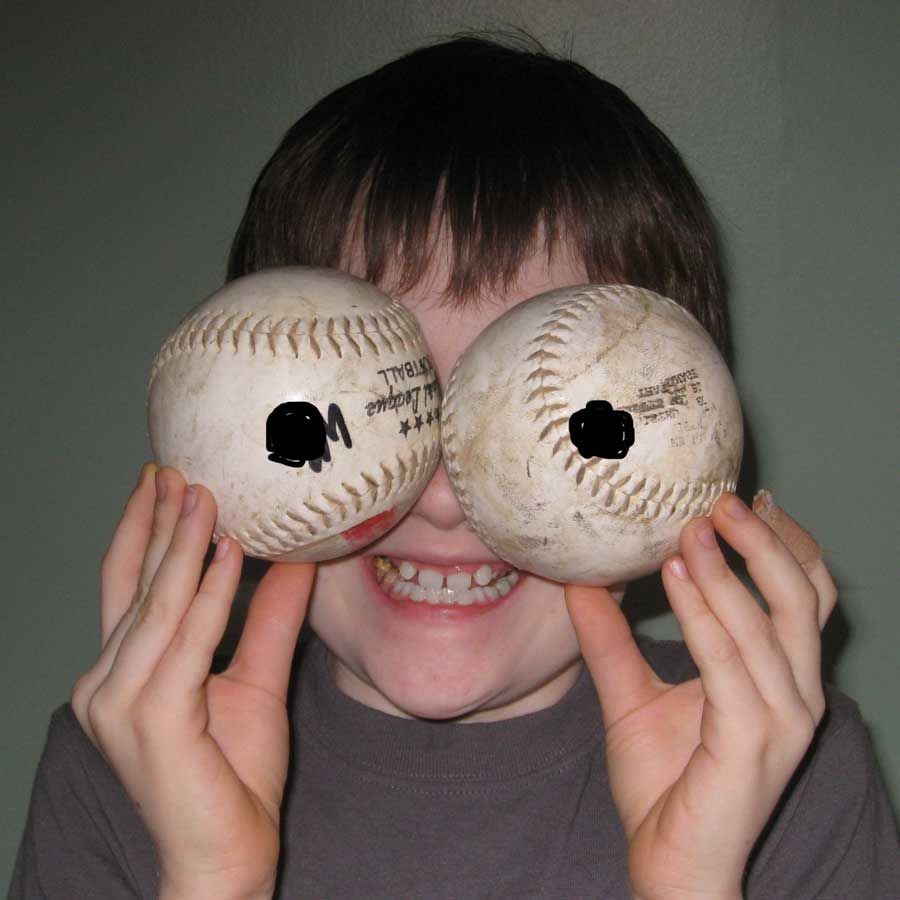




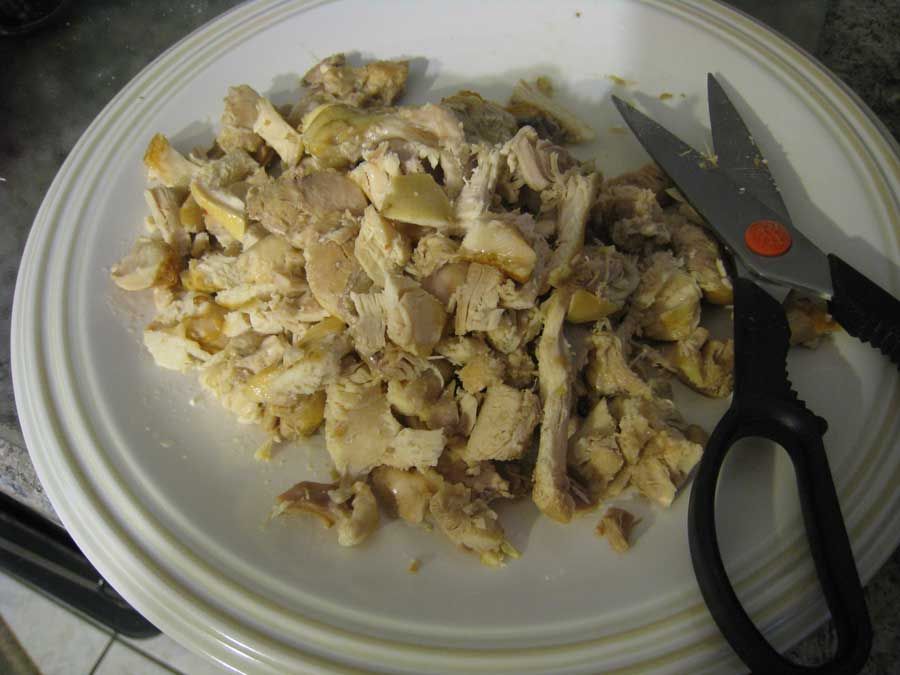

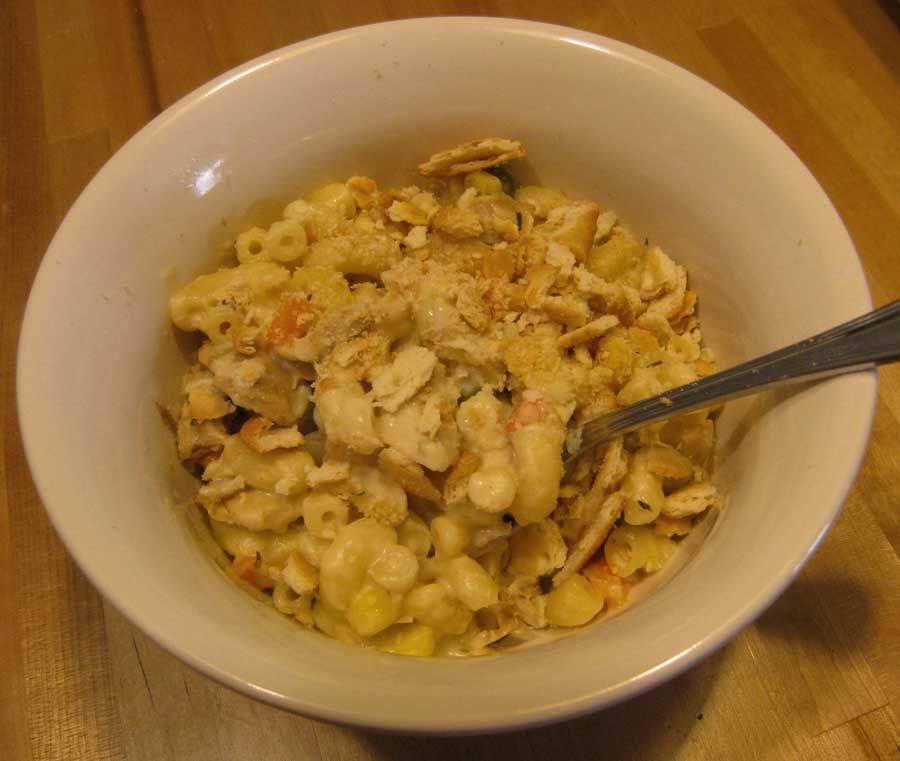

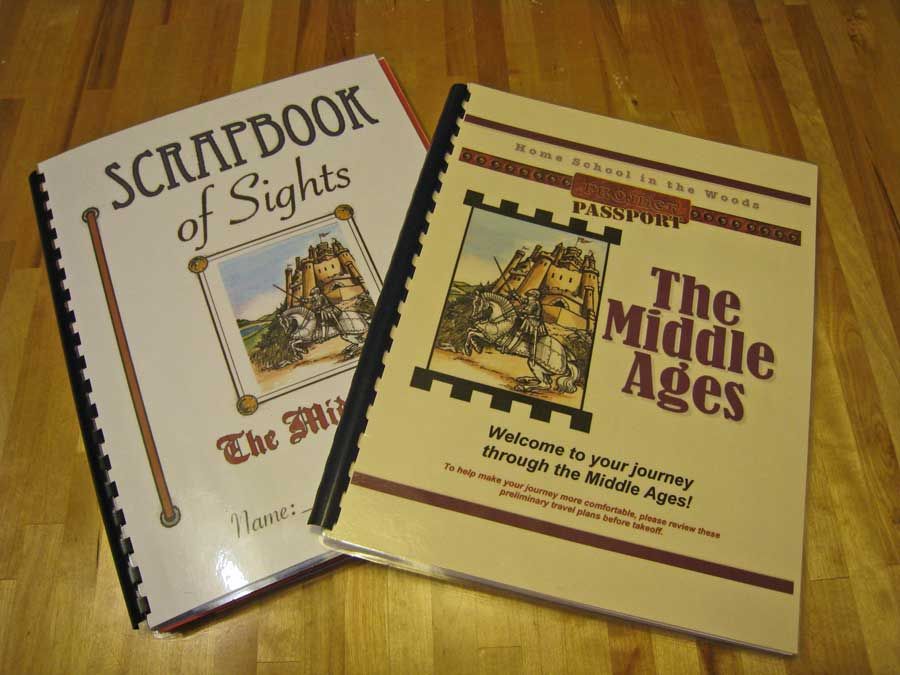

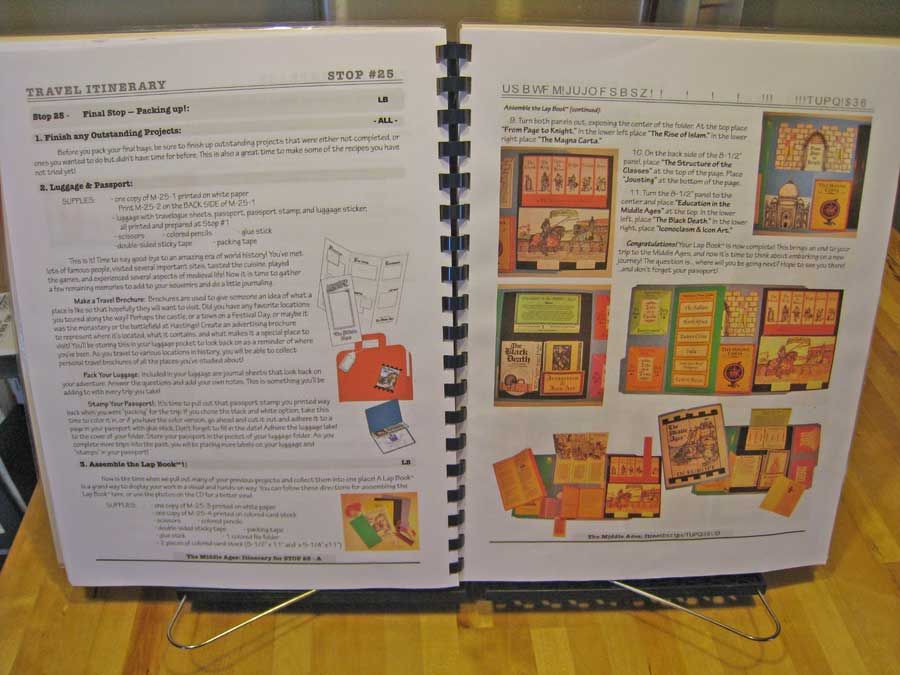
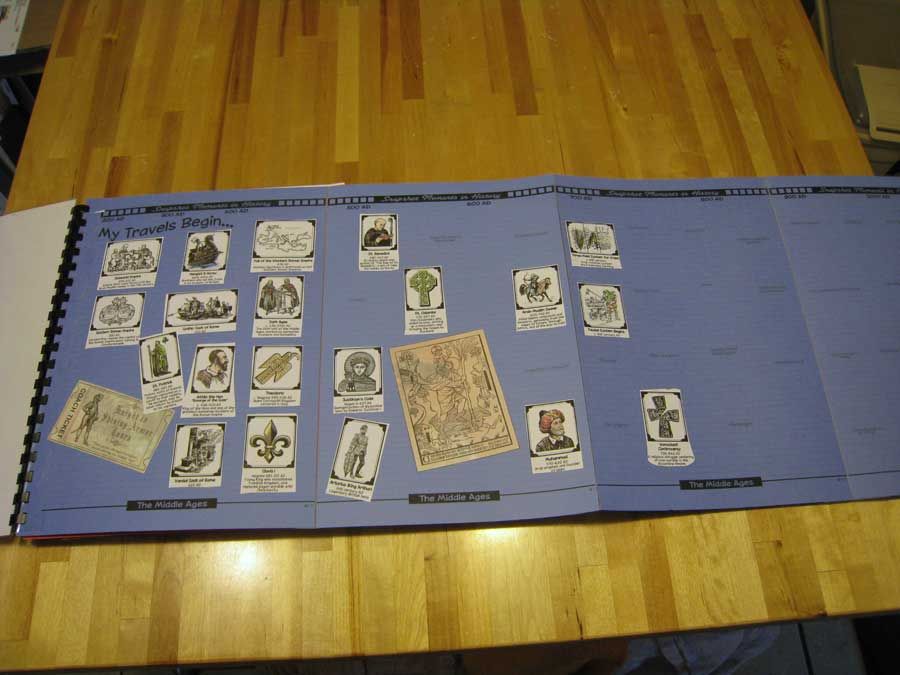
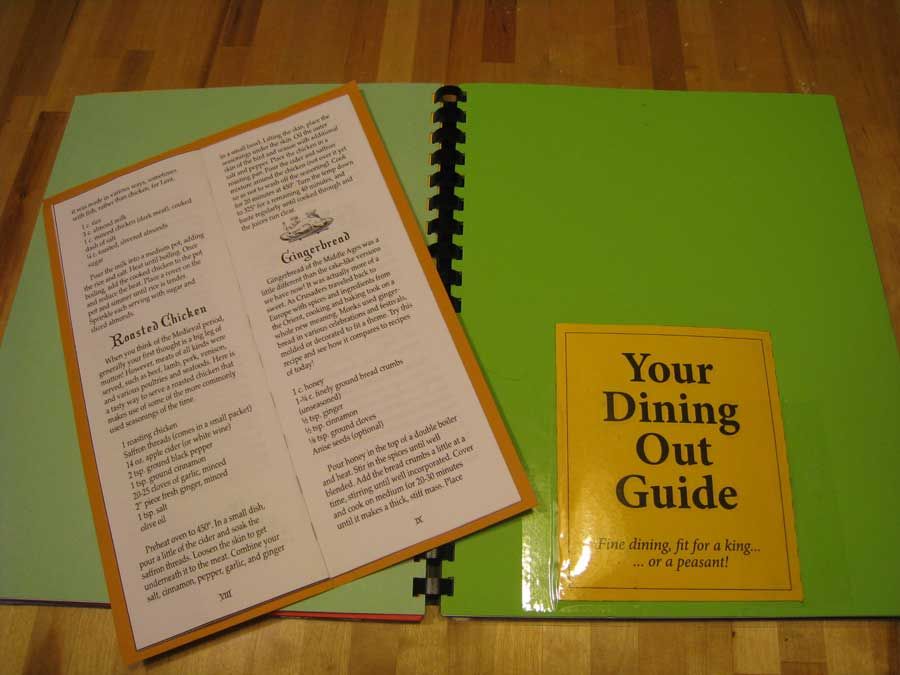
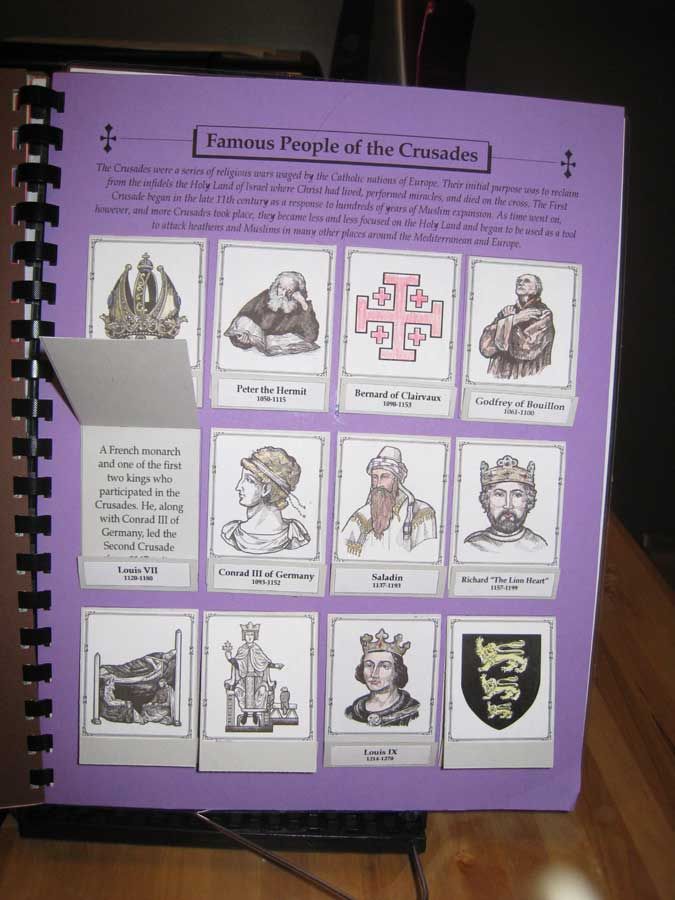

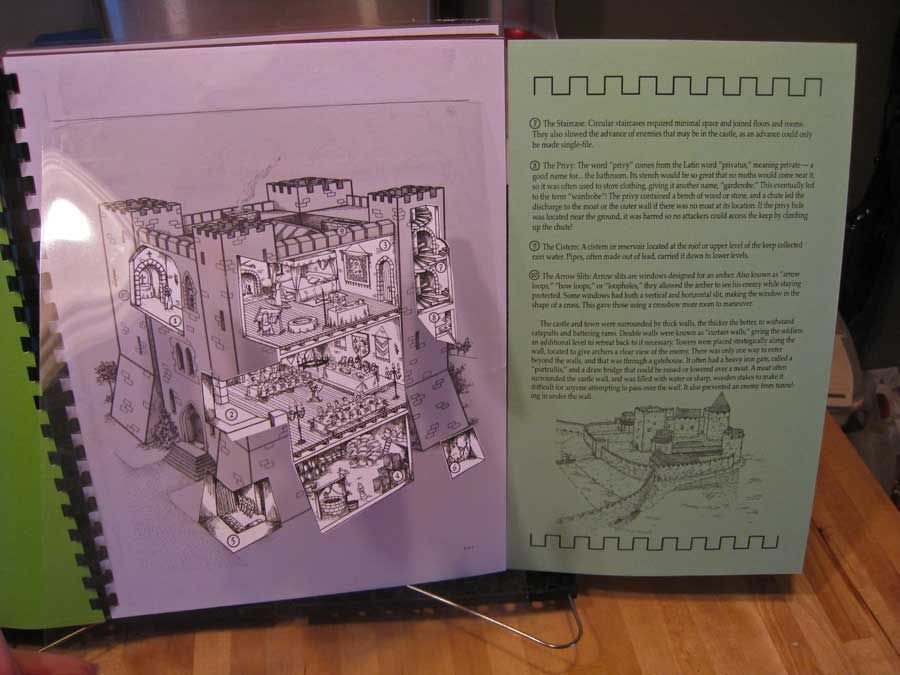

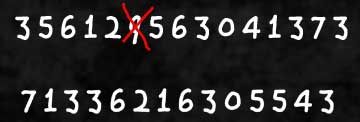





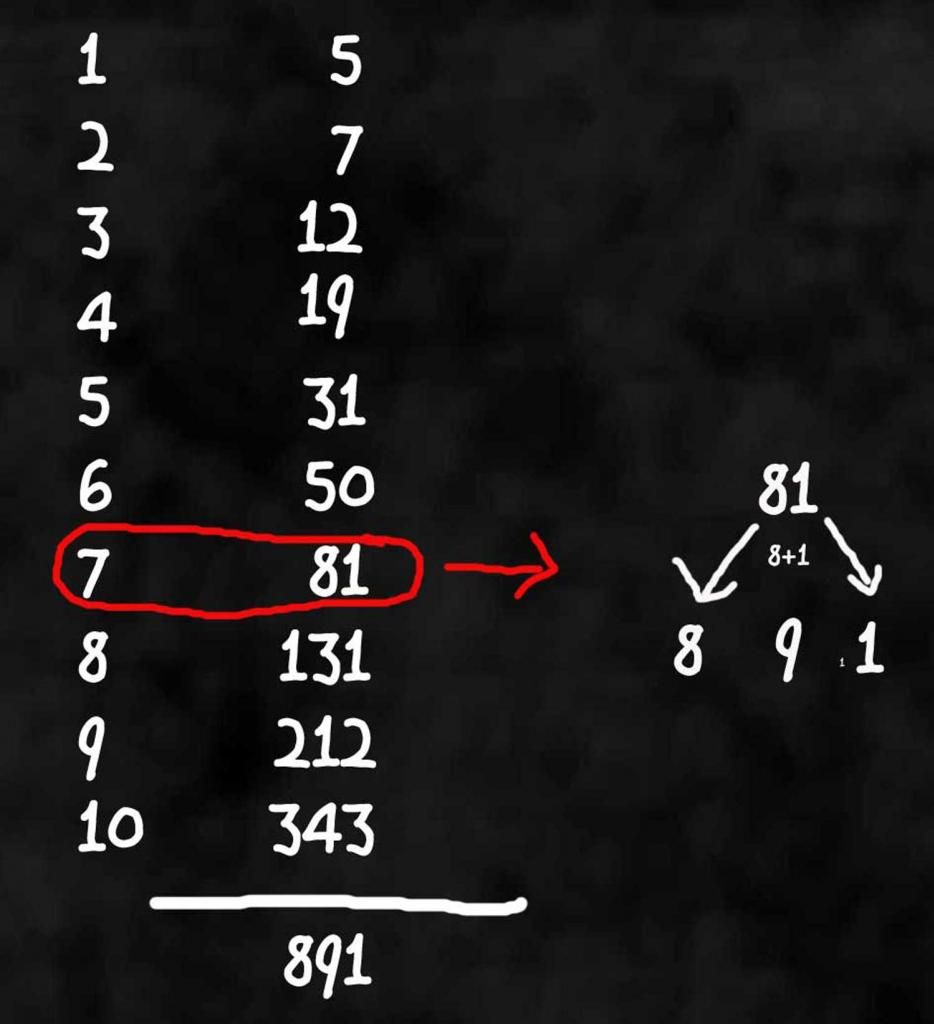

 The local newspaper brought me the bad news---Ameren Missouri's raising the rates on their electricity by 10 percent starting Jan 1st. And Ol' Man Winter decided to join in the fun too. We'd had relatively mild temps thus far but as soon as the price hike came the forecast changed to below normal temps and nights in the single digits. Since I'm not a member of Congress, I'll actually need to do some jostling in the budget to deal with the higher cost of heat.
The local newspaper brought me the bad news---Ameren Missouri's raising the rates on their electricity by 10 percent starting Jan 1st. And Ol' Man Winter decided to join in the fun too. We'd had relatively mild temps thus far but as soon as the price hike came the forecast changed to below normal temps and nights in the single digits. Since I'm not a member of Congress, I'll actually need to do some jostling in the budget to deal with the higher cost of heat.
